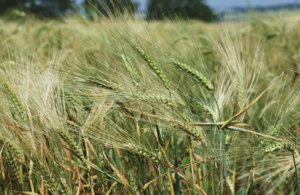All ranks common room opens at RAD Benson
The exciting new £400,000 facility will provide a relaxed environment where personnel and families can purchase refreshments, meals and snacks. Located in the Junior Ranks Mess building at the heart of the domestic site and managed by Sodexo, it will significantly enhance the current provision.
The Station’s vision was for a relaxing, welcoming all-ranks facility that would reduce isolation and provide flexibility in catering for personnel on the busy operational unit. With support from the Defence Infrastructure Organisation (DIO), particularly the commercial and finance teams, that vision is now a reality.
Working closely together, DIO, Sodexo and the Station agreed plans, coordinated fixtures and fittings and delivered the innovative facility. Despite the added complications of lockdown, it progressed quickly and was opened within 9 months of approval. Funding for the project was from both public and non-public funds, including a grant of £150,000 from the RAF Benevolent Fund.
Andy Honnor, DIO’s Regional Head for the South East said:
This project is the result of a good relationship with RAF Benson and their request for a facility which would enhance the lived experience of their personnel. We were able to adapt plans used for a similar project elsewhere to create a much-improved social space, tailored to the needs of RAF Benson personnel, where they can relax, eat, drink and meet friends. We hope they enjoy the improvements we’ve made.
The counter in The Common Room. Crown Copyright/RAF Benson 2020.
Group Captain Adam Wardrope, Station Commander of RAF Benson said:
This new Common Room is a fantastic facility and it will make a huge difference to the whole force here. It’s been a real team effort to keep driving forward with this project, despite all the challenges that lockdown posed, and we really appreciate how hard DIO and Sodexo have worked to help make our vision a reality.
Paul Anstey, CEO Government & Agencies, Sodexo UK & Ireland said:
The approach focuses on the wellbeing of serving members of the military and their families, helping to relieve isolation and boredom. Working in collaboration with the DIO and the team on-site has given us an opportunity to create an environment for military personnel to relax in, that’s aligned with the latest high-street dining trends and where everyone is welcome.
The facility was officially opened on 11 September 2020 by the RAF Chief of Staff for Personnel, Air Vice-Marshal Maria Byford, and the Controller of the RAF Benevolent Fund, Air Vice-Marshal (Retired) Chris Elliot.

